In the hidden corners of tropical forests and arid savannas, nature's most sophisticated architects are at work. Termites, often dismissed as mere pests, construct towering mounds that function as precision climate-controlled cathedrals. These remarkable structures maintain near-perfect internal conditions despite extreme external temperatures, inspiring human engineers and offering solutions to modern architectural challenges.
The termite mound is a masterpiece of passive ventilation. Unlike human buildings that rely on energy-intensive air conditioning systems, these structures breathe naturally through an intricate network of tunnels and chambers. At their core lies a central chimney connected to underground air pockets, creating a continuous convection current. Warm air rises through the chimney while cooler air is drawn from below, maintaining stable temperatures ideal for fungal gardens that serve as the colony's food source.
What makes these mounds truly extraordinary is their dynamic responsiveness. Worker termites constantly modify wall porosity by opening and closing tiny vents in response to temperature fluctuations. During the heat of midday, increased ventilation prevents overheating. At night, reduced airflow retains warmth. This biological HVAC system operates without any central control - each termite responds to local environmental cues, creating a distributed intelligence that humbles our most advanced smart building technologies.
The external architecture reveals equally brilliant adaptations. Some species construct north-south oriented mounds to minimize solar gain, while others create mushroom-shaped caps that deflect rain. The compass termites of Australia build thin, wedge-shaped mounds aligned with Earth's magnetic field to regulate temperature. These orientations aren't random but represent millions of years of evolutionary refinement encoded in the insects' collective behavior.
Human architects are taking notes from these tiny engineers. The Eastgate Centre in Harare, Zimbabwe, modeled after termite mounds, uses 90% less energy than conventional buildings. Its porous concrete structure and stack ventilation eliminate the need for air conditioning in a climate where temperatures regularly exceed 30°C. Similar biomimetic designs are emerging worldwide, from shopping malls in India to university buildings in Germany, proving that sustainable architecture often means looking to nature's existing blueprints.
Beneath the visible mound lies an equally impressive subterranean network. Some species dig wells reaching the water table, creating evaporative cooling systems. Others maintain extensive underground fungal chambers at constant 31°C with 60% humidity - conditions perfect for their cultivated crops. These underground systems interact with the mound's ventilation to create a complete microclimate management system far more sophisticated than anything humans developed before the industrial age.
The construction process itself defies human understanding of collective behavior. Without blueprints or foremen, millions of blind workers coordinate through pheromone trails and subtle vibrations. Each soil pellet placed contains chemical cues that guide the next worker. The result isn't just functional architecture but a living, responsive extension of the colony's biology - a concept now inspiring research into self-organizing robotic construction swarms.
Recent thermal imaging studies reveal unexpected complexities in mound thermoregulation. Contrary to earlier assumptions of uniform internal temperatures, sophisticated gradients exist between chambers. The queen's residence maintains the most stable conditions, while peripheral areas experience controlled fluctuations. Some species even create specialized heating chambers where metabolic activity raises temperatures, effectively creating biological radiators within the structure.
As climate change accelerates, termite architecture offers timely lessons. Their buildings use locally sourced, biodegradable materials processed with minimal energy. The entire structure can be disassembled and rebuilt as needed, leaving no permanent environmental impact. Perhaps most remarkably, these structures achieve net-zero energy performance while housing populations equivalent to human cities in density - all without fossil fuels or electrical grids.
The next frontier of termite-inspired design may lie in nanotechnology. Scientists are studying the saliva-and-dirt composite material that gives mounds their extraordinary strength and moisture resistance. This biodegradable "termite cement" self-repairs when damaged and could revolutionize sustainable construction. Meanwhile, researchers are decoding the algorithms behind the insects' construction decisions, hoping to develop autonomous building systems for extreme environments from Mars colonies to underwater cities.
These unassuming insects challenge our architectural arrogance. While humans pour concrete and burn energy to fight nature, termites work with environmental forces to create living architecture. Their mounds stand as testaments to an alternative design philosophy - one where buildings aren't separate from ecosystems but function as integrated components. As we face the limitations of conventional construction, perhaps the path forward lies in humbling ourselves before nature's original architects.
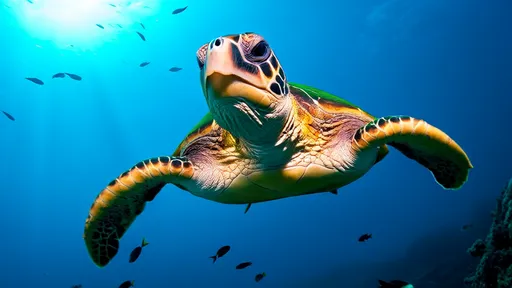
By /Jun 10, 2025
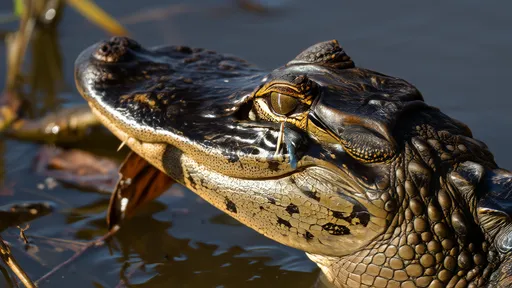
By /Jun 10, 2025
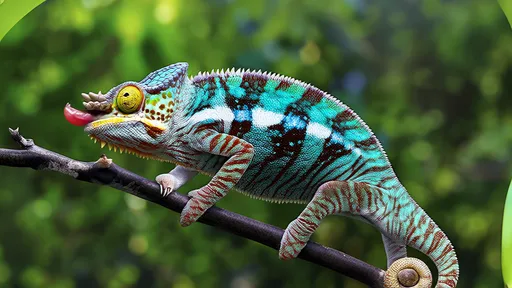
By /Jun 10, 2025
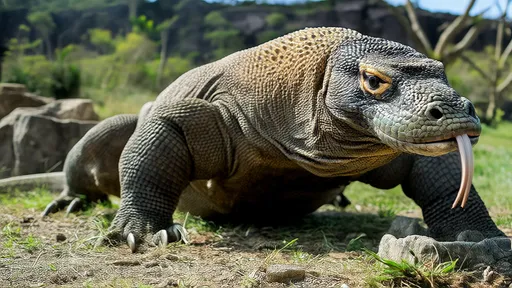
By /Jun 10, 2025
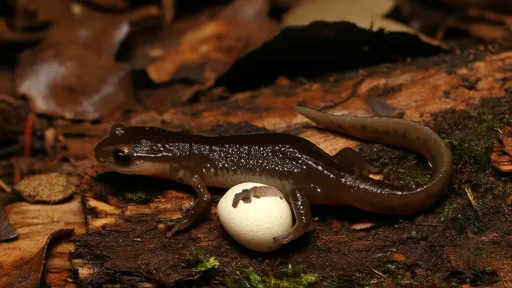
By /Jun 10, 2025
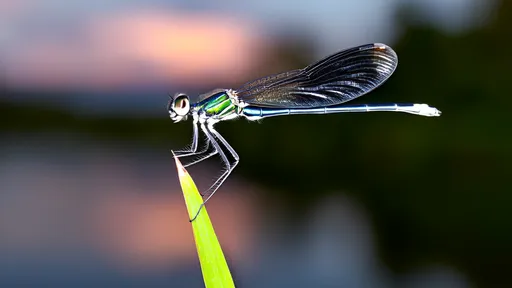
By /Jun 10, 2025
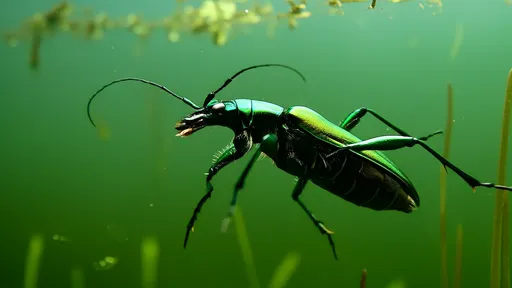
By /Jun 10, 2025
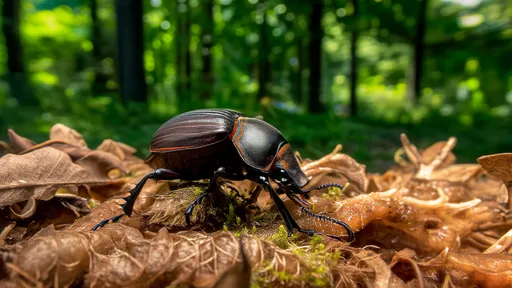
By /Jun 10, 2025
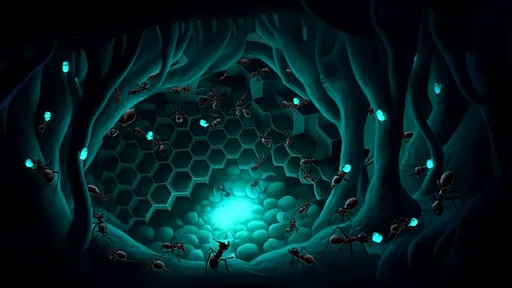
By /Jun 10, 2025
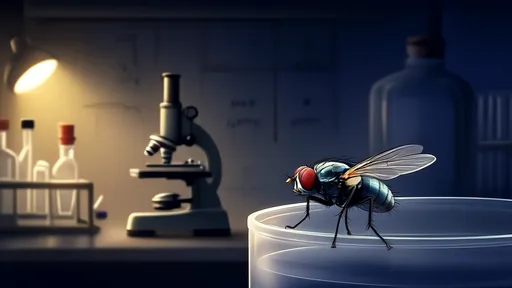
By /Jun 10, 2025
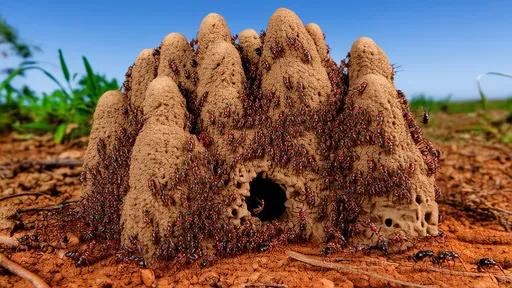
By /Jun 10, 2025
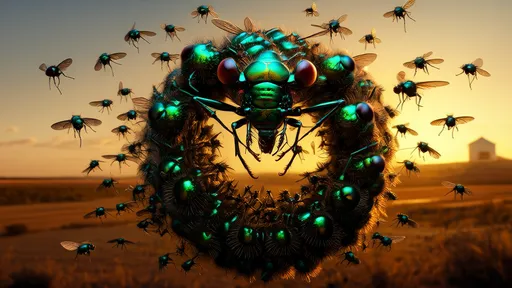
By /Jun 10, 2025
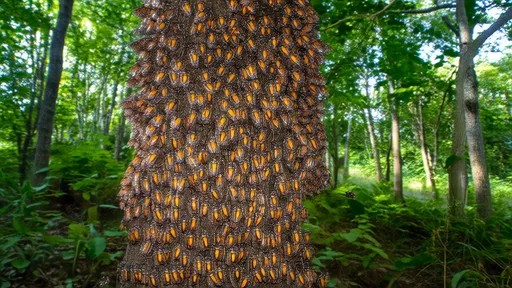
By /Jun 10, 2025
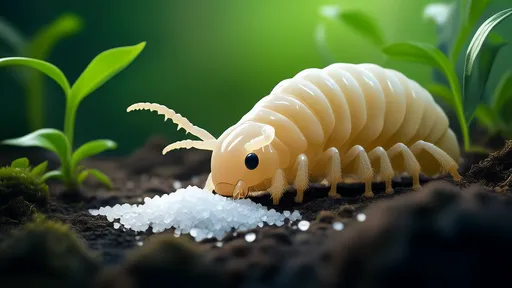
By /Jun 10, 2025
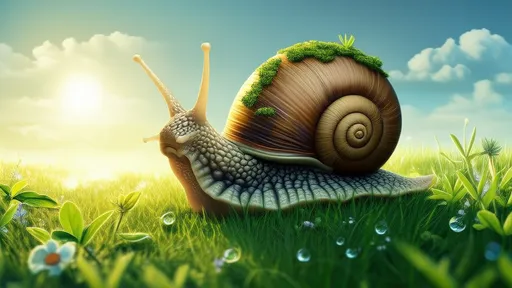
By /Jun 10, 2025
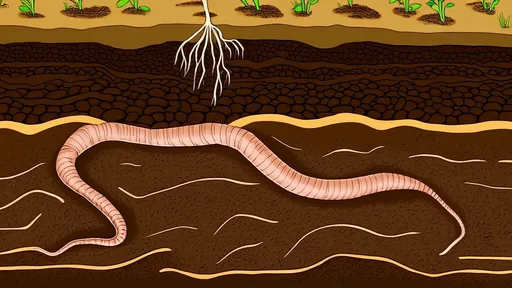
By /Jun 10, 2025
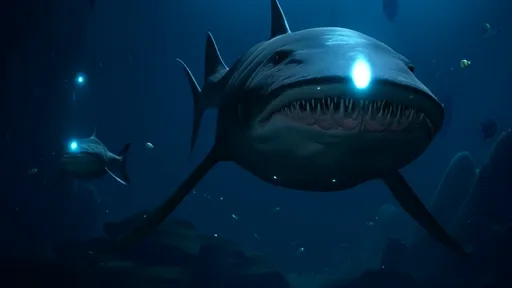
By /Jun 10, 2025